When people picture a “possum,” most are actually thinking of an “opossum.” Possums are native to Australia, while opossums are native to North and South America. The Virginia opossum is the most commonly known opossum. Read on to learn about the opossum.
Description of the Opossum
Most opossums are around the size of a housecat. These marsupials have an elongated snout, and a large sagittal crest – a bone making their forehead look taller. They have scaly feet, and a scaly prehensile tail. A prehensile tail can be wrapped around branches to stabilize the animal while climbing.
Interesting Facts About the Opossum
Opossums, the only naturally occurring marsupial in North America, are incredibly interesting creatures. They have a number of distinguishing characteristics that are typically unknown to the general population. These scary-looking creatures are unfortunately misunderstood. Let’s learn a little more about them and find out why.
- Rabies and Opossums – While it is possible for an opossum to carry the rabies virus, it is extremely Opossums have an extremely competent immune system, and a low body temperature. These traits make it difficult for the opossum to develop rabies.
- Playin’ Possum – Did you find a “dead” opossum in your yard? Maybe you saw one curled up on the side of the road? Don’t pick up the shovel! Opossums are incredibly impressive at playing dead, to the point where they can be picked up and carried away. Many opossums have been accidentally killed by well-meaning humans burying a “dead” opossum in their yard, or running over a “dead” opossum on the side of the road.
- Nature’s Garbage Men – Just like vultures, opossums feed on carrion, which is dead animals. Decaying carcasses can easily spread some pretty vile diseases, particularly ones that can make humans sick. By feeding on carrion, scavengers prevent the spread of disease. Because scavengers have advanced immune systems, they can feed on the carrion without catching the otherwise potentially deadly diseases.
- Venom Resistant – As if their resistance to rabies wasn’t enough, opossums are also immune to some venomous snake bites. The only snake they are not immune to is the coral snake. These super powered predators will hunt and eat venomous snakes if given the opportunity!
Habitat of the Opossum
Opossums prefer woody habitats, particularly deciduous forests that seasonally shed their leaves. They are also commonly found close to a water source, such as a stream or lake. Opossums are, however, highly adaptable. They have become quite adept at surviving in urban areas.
Distribution of the Opossum
There are over 100 species of opossum, but only one species lives north of Mexico, the Virginia opossum. The Virginia opossum can be found from Central America all the way to Canada. Other opossum species can be found from Mexico to the tip of South America.
Diet of the Opossum
Opossums are opportunistic feeders, which means that they feed on a wide variety of items to survive. They eat carrion, small animals, insects, reptiles, eggs, plants, and garbage.
Opossum and Human Interaction
The poor opossum is generally viewed as an ugly pest of an animal. Though they will occasionally make their homes in our attics and crawl spaces, and feed from our garbage cans, opossums are only doing what they need to do to survive. They are frequently struck by cars searching for carrion and garbage on roadsides, and can be killed by domestic dogs. Opossums rarely cause injuries to humans, preferring to run and hide, or simply play dead.
Domestication
Opossums have not been domesticated in any way.
Does the Opossum Make a Good Pet
The opossum is a wild animal, and should not be kept as a pet. In many states it is illegal to keep an opossum as a pet, and can result in a hefty fine.
Opossum Care
Opossums require a varied diet and enrichment to be happy and healthy. Diets should reflect their natural prey as close as possible. They should also be provided with foraging opportunities and other environmental enrichment “toys” to keep them stimulated.
Behavior of the Opossum
Opossums are mainly solitary, but will share a living space with other animals. They will remain in a location as long as food and water are readily available, and will move on when resources run out. This behavior is called nomadic living. Opossums are nocturnal, and emerge from their dens to forage for food at night.
Reproduction of the Opossum
Opossums are marsupials, who carry their young in a pouch. They will give birth after a 12-14 day gestation period, and the young will emerge from the pouch 70-125 days later.

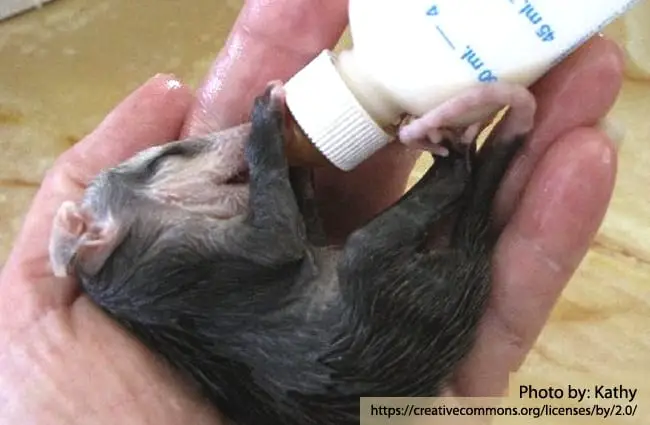
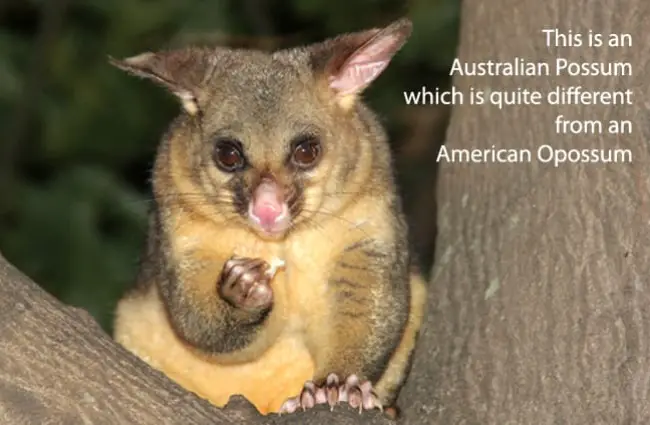
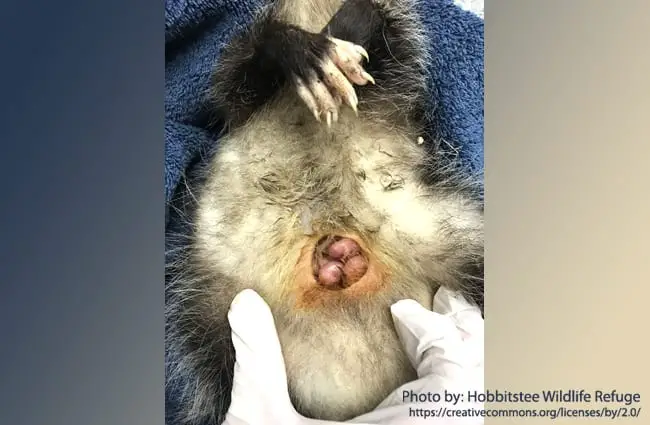
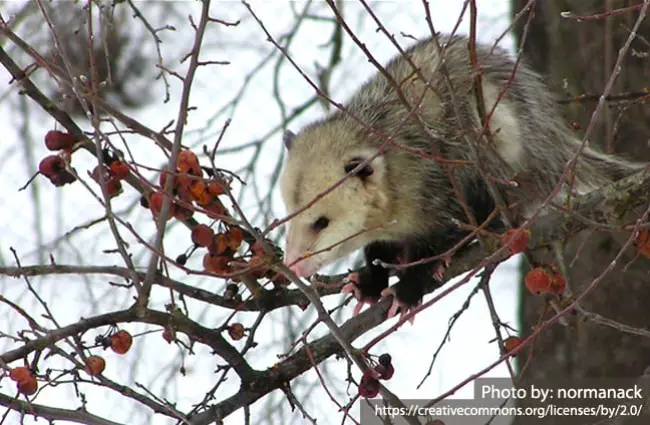
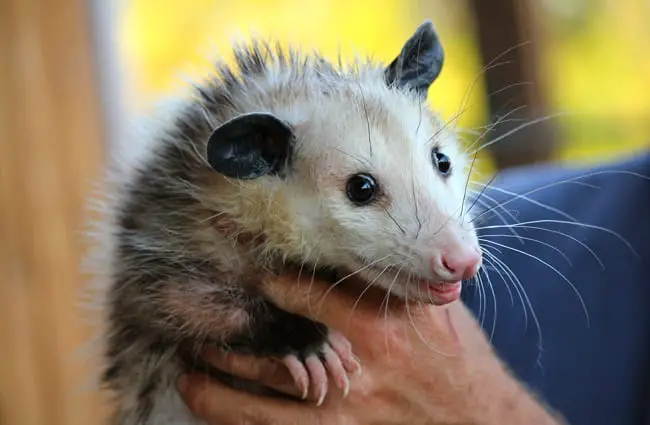
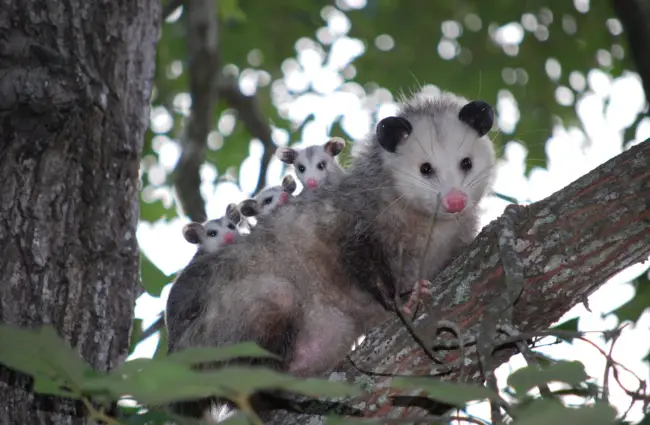
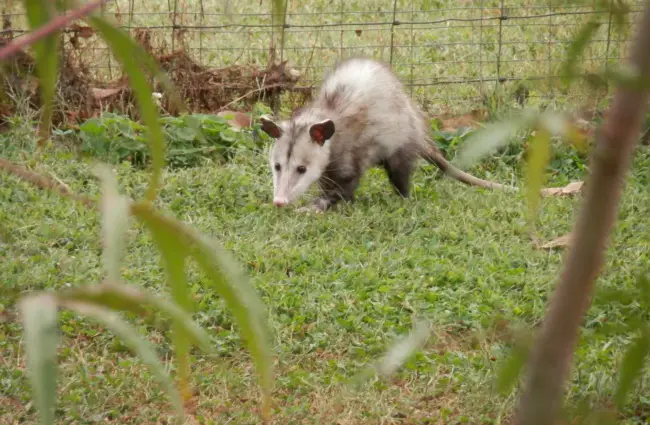
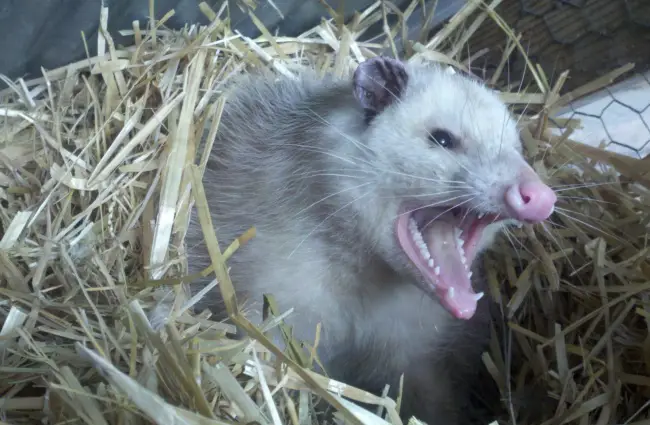
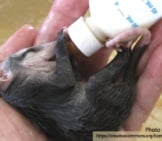
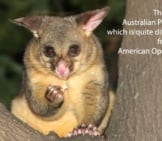
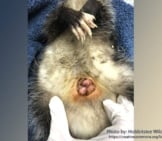
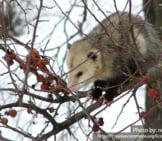

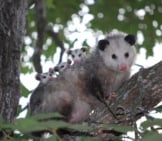

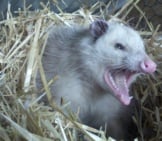
![Red Angus Closeup of a beautiful Red Angus cowPhoto by: U.S. Department of Agriculture [pubic domain]https://creativecommons.org/licenses/by/2.0/](https://animals.net/wp-content/uploads/2020/03/Red-Angus-4-238x178.jpg)












![Red Angus Closeup of a beautiful Red Angus cowPhoto by: U.S. Department of Agriculture [pubic domain]https://creativecommons.org/licenses/by/2.0/](https://animals.net/wp-content/uploads/2020/03/Red-Angus-4-100x75.jpg)

